Outdoor Recreation FAQs | The Wilderness Society
Learn more about outdoor recreation with our FAQs.
Q: What kinds of outdoor recreation can I do on public lands?
A: Public lands are areas of land and water that are owned collectively by people and managed by government agencies. These include national parks(managed by the National Park Service), national wildlife refuges (U.S. Fish and Wildlife Service), and national forests (U.S. Forest Service) as well as state and local parks. Activities permitted vary depending on where you are (check the links above) but these are some examples:
- Hiking and camping
- Hunting and fishing
- Canoeing, kayaking and rafting
- Sailing and motorboating
- Biking
- Rock Climbing
- Horseback riding
- Skiing
- Restoration and conservation volunteering
Q: How many people participate in outdoor recreation activities?
A: According to The Outdoor Foundation’s most recent report, a little over half of Americans (153. 6 million people) participated in outdoor recreation at least once in 2019, totaling 10.9 billion outings. A 2020 National Recreation and Park Association survey found that about 82 percent of people in the U.S. consider parks and recreation “essential.”
Q: Are all people represented equally in outdoor recreation?
A: Unfortunately, people of color are still underrepresented in outdoor spaces, for reasons that include lack of access to parks (Nearly three-quarters of communities of color in the contiguous U.S. live in “nature-deprived areas”) and a legacy of exclusive and discriminatory outdoor culture. There are indications this is starting to change—a 2021 report found that amid the COVID-19 pandemic, outdoor recreation was drawing a younger and more ethnically diverse crowd—but overall, a lot of work remains to make outdoor recreation more equitable and accessible.
READ MORE
Lorenzo Sandoval, Guppies Fishing Adventures
COVID-19 highlights importance of park equity
The pandemic underscores the importance of parks and outdoor spaces—and exposes systemic inequities that impact communities of color.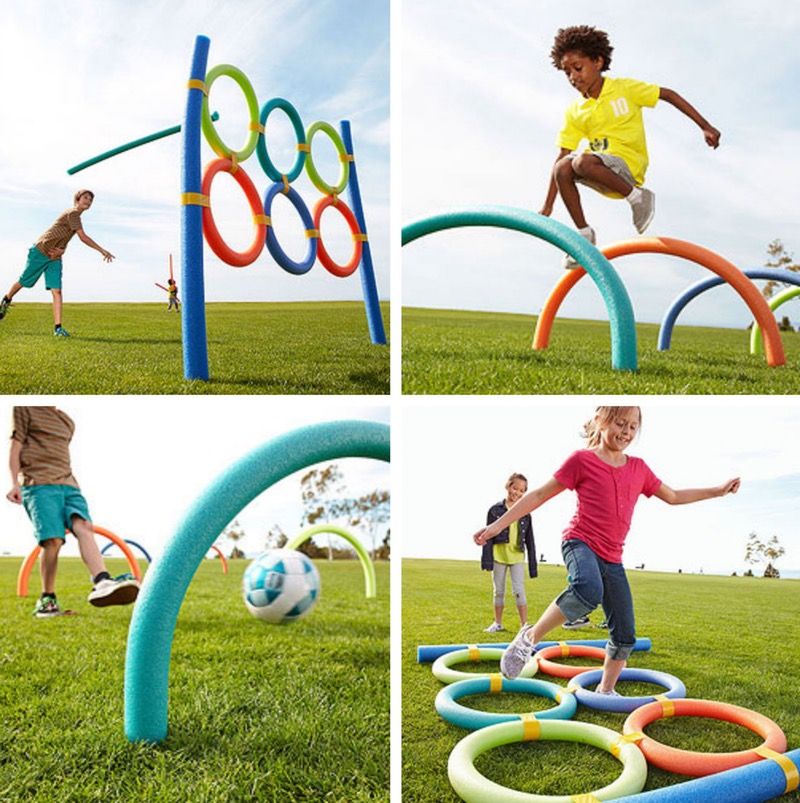
More
Q: What are some of the most popular outdoor activities?
A: Running, jogging or trail-running is generally the most popular outdoor recreation activity. Other popular outdoor activities include:
- Biking
- Camping
- Fishing
- Hunting
- Hiking
- Rafting
- Birding
- Photography
Recent data show that activities gaining in popularity include cycling, paddle sports (rafting, kayaking, canoeing), golf, camping and birding or nature-watching. Among kids and teenagers, skateboarding is becoming more popular.
Q: What are some of the benefits of outdoor recreation?
A: Recreation activities like running are beneficial to one’s health no matter where you do them, but they reach another level in the great outdoors. In addition to helping lower blood pressure, fight obesity and improve eyesight, time spent playing in parks and other green spaces is associated with improved mental health and reduced stress.
Outdoor recreation also helps support the economy and drives awareness of important conservation issues. Responsible use of public lands helps make people care about what happens to these places. Research suggests that when kids play outdoors, it leads to greater environmental awareness later in life.
City of Rocks National Reserve, Idaho
Janelle Paciencia
Q: How important is outdoor recreation to our economy?
The U.S. outdoor recreation economy supports about 5.2 million jobs, generates nearly $788 billion in consumer spending and accounts for 2.1 percent of GDP.
Q: How do I find good places to go outdoors?
There are countless places and ways to get outside and enjoy nature. Great resources to find spots for camping and other recreation include Recreation.gov or the National Park Service website. You can also try the Find a Park site or search for your county or state government to be directed to a website where you can learn more about local parks.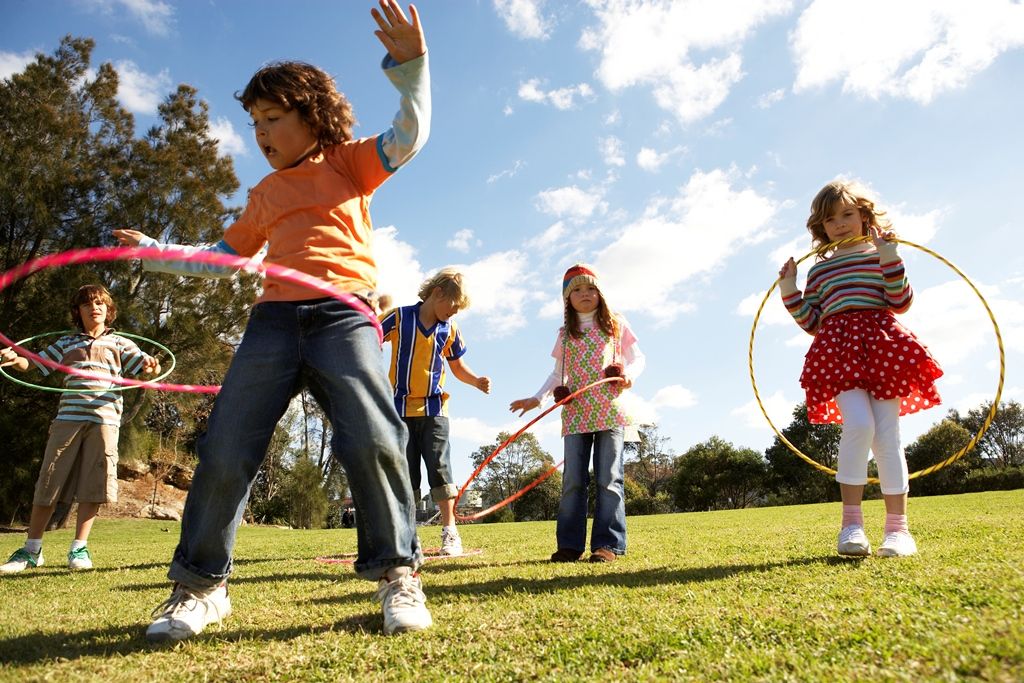
Communities at the heart of climate action
Learn more
Great Dismal Swamp an irreplaceable hub of Black and Indigenous history
Learn more
M. Reed, NPS Natural Resources, Flickr
House votes to protect millions of acres of wilderness and other public lands in sweeping legislation
Learn more
Darryl Vigil via Missy Adventures, Flickr
Taking public lands back from polluters
Learn more
Mason Cummings.
Outdoor Recreational Activities List – Active Outdoors
This is the most comprehensive outdoor recreational activities list with examples of recreational activities and hobbies for adults, teens, kids and families. Some of the outdoor activities examples are sports activities, some are just recreational fun. I’ve included a list of the most popular outdoor activities so you can see what others do for leisure. The main aim of this list of outdoor activities is to help you discover a new adventure.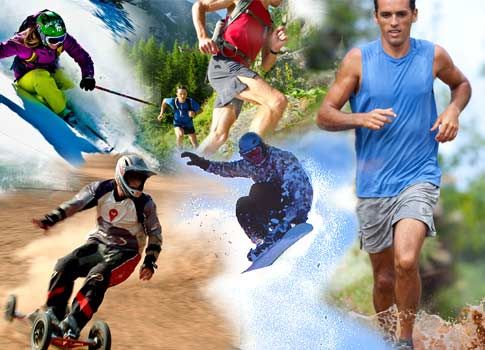
The Most Popular Outdoor Recreational Activities
Every year the Outdoor Foundation in the US and Sport England in the UK publish a list of the most popular outdoor activities.
According to the Outdoor Foundation, about half the U.S. population participated in outdoor recreation at least once in 2018, including hunting, hiking, camping, fishing, canoeing among many more outdoor activities. Unfortunately, the report highlights an alarming trend that just under half the U.S. population does not participate in outdoor recreation at all.
The most popular outdoor activities are:
- Running, jogging and trail running;
- Hiking and walking for fitness;
- Camping and RV Camping;
- Road biking, mountain biking and BMX;
- Freshwater, saltwater and fly fishing;
- Golf;
- Wildlife watching;
- Netball and basketball;
- Tennis and Table Tennis;
- Soccer;
Most participants preferred to find adventure less than one mile from their homes.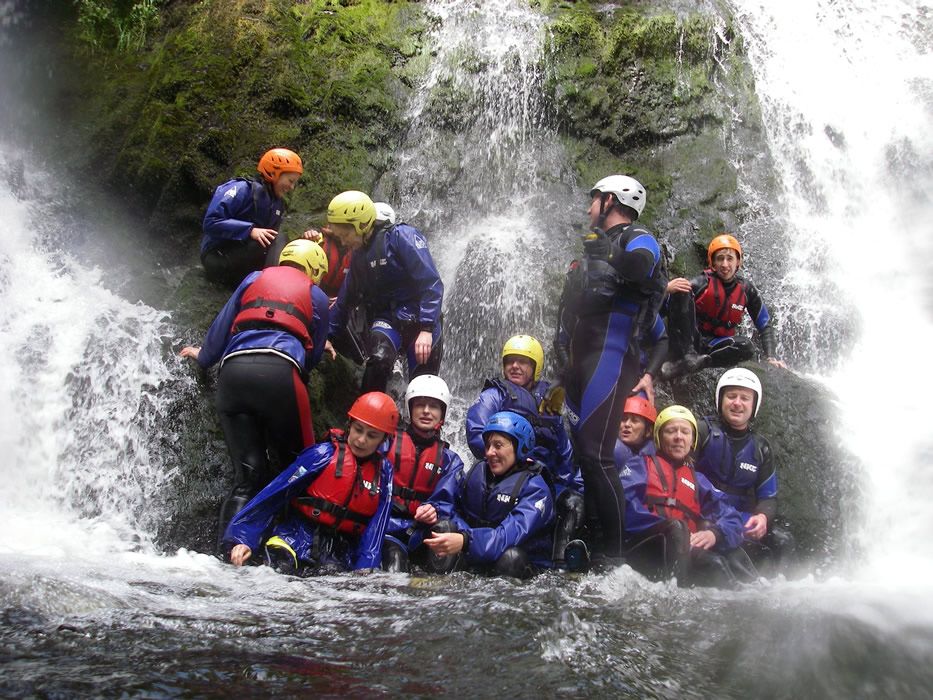
The top 10 list remains fairly consistent year on year. There are however a few variations as new sports and activities develop and become popular for a while. Follow the blog to find out new trends and more great ways to try out new activities and get active outdoors.
Outdoor Activities Environment Picker
Use the images below to jump to the section in the outdoor activities list with the environment for you.
If you are seeking outdoor activities and ideas for team development, you’ll find my section on outdoor team building activities a quick and easy way to deliver the character building training you need.
Outdoor Recreational Activities and Hobbies for Adults
Outdoor recreational activities are ways in which you can spend your leisure time outdoors being physically active, creative, relaxing, having fun or being social. Explore the huge range of exciting outdoor activities and some of the best adventure sports in the list below.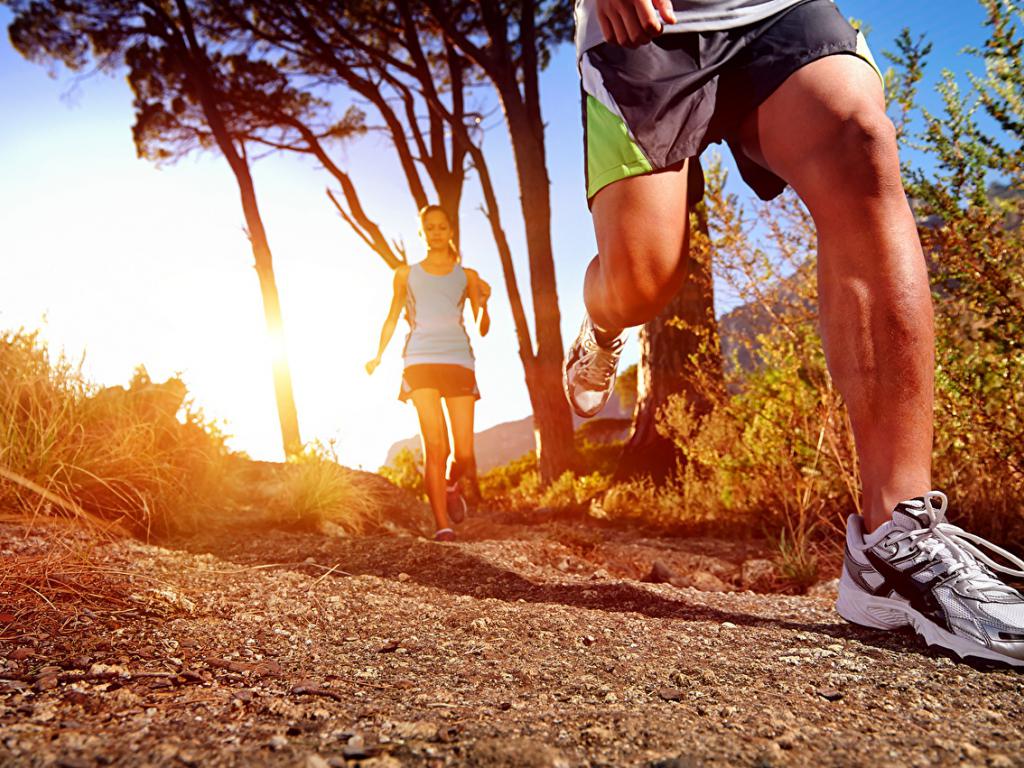
The most popular ideas for outdoor summer activities include:
- outdoor activities to do on the weekend with friends,
- outdoor activities for couples,
- bucket list of summer activities for boyfriend and girlfriend.
What are the Different Types of Outdoor Activities?
To help you choose which outdoor recreational activities and hobbies suit your needs right now, I have rated them under five categories:
- Relaxing outdoor activities to just unwind and take things easy or to improve your sense of well being.
- Fun outdoor activities that are a perfect for shared experiences where it’s all about fun and friends.
- Outdoor physical challenges that provide adventure and challenge for an adrenaline buzz or for personal development.
- Extreme outdoor activities for thrill seekers that give a serious adrenaline rush and require great skill
- Outdoor sports activities that need a few friends to join in and are competitive
Land Activities
This vast list of outdoor land activities provides inspiration for fitness, downhill fun, relaxing creative hobbies, personal challenges, new skills to learn and outdoor recreational activities that will leave you with a huge smile.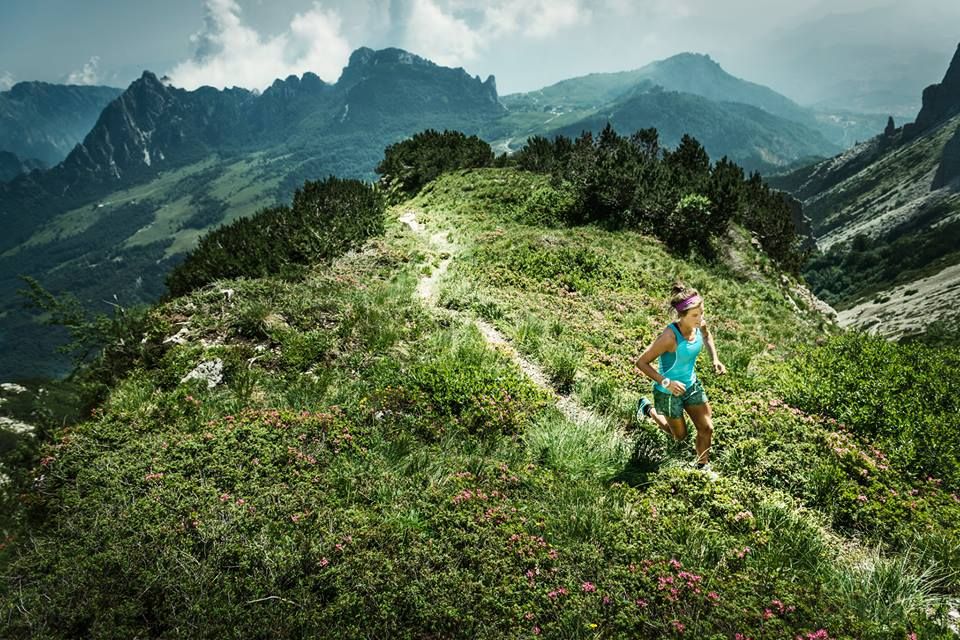
- 4×4 driving experience
- Activity Holidays for adults and families
- Adventure Races
- Air rifle and air pistol shooting
- Airsoft
- American Football
- Animal Parks, Wildlife Parks and Zoos
- Archery
- Assault courses and Obstacle course races
- Athletics
- Backyard Sleepovers
- Badminton
- Baseball and Softball
- Basketball
- Baton Twirling
- Battle Reenactments
- Beach Activities
- Beachcombing
- Bicycle Polo
- Bird watching holidays
- BMX biking
- Boccia
- Bootcamps for fitness
- Bouldering
- Bowls
- Brushboarding
- Bubble Football
- Bushcraft and survival courses
- Camel trekking holidays
- Camogie
- Camping
- Canyoning and Canyoneering
- Capoeira
- Carnivals
- Carriage driving
- Cave biking underground
- Caving and potholing
- Cheerleading
- Chinese Martial Arts
- Circus Skills
- Clay Pigeon Shooting
- Climbing courses and climbing holidays
- Concerts, Festivals and Gigs
- Conkers
- Cookout
- Crazy Golf and Mini Golf, Pitch and Putt
- Cricket
- Croquet
- Cycling fitness training
- Dance, Street Dance
- Den Building and Bivouacs
- Digger and JCB driving
- Dodgeball
- Dog Scootering
- Drag Racing
- Driving Experience Days
- Duathlon
- Eclipse Sphering and Eclipse Zorbing
- Equestrian (horse Riding, eventing, racing, dressage, cross country)
- Exercise and fitness
- Exploring holidays
- Fencing
- Fives (rugby)
- Floorball
- Folk Dancing
- Footbags
- Football and Soccer
- Free Running and Parkour
- Fruit Picking
- Fun fairs
- Futsal
- Gaelic Football
- Gap Year Travelling
- Gardening
- Geocaching
- Gladiator Training
- Goalball
- Go Ape forest high wire adventures ropes courses
- Go Karting
- Golf Holidays
- Grass skiing
- Grass sledging
- Grass karting
- Greyhound Racing
- Grow Your Own Vegetables
- Grouse Shooting
- Gymnastics
- Handball
- Harness Racing
- Hiking holidays
- Hockey
- Horse Boarding
- Horse Racing
- Horse Riding
- Hurling
- Jogging and running
- Jousting
- Kite Boarding
- Kite Buggying
- Korfball
- Lacrosse
- Landboarding
- Land Sailing and Land Yachting
- Landscape painting holidays and art holidays
- Laser Clay Shooting
- Laser Tag
- Lawn Mower Racing
- Live Action Role Playing Games
- Llama trekking
- Marathon Running
- Minimoto
- Modern Pentathlon
- Monster Truck Driving Experience
- Motorcycling, Motocross and dirt biking
- Motor Sports
- Mountain Bikes
- Mountain Boarding
- Mountaineering
- Mud Racing
- Multi Use Games Areas and playgrounds for adults
- Nascar
- Netball
- Open Air Theatre
- Orienteering
- Outdoor Movie theatres and cinemas
- Outdoor Photography
- Paintballing
- Parks – Chess, Ping Pong, picnics, football, sunbathing…
- Pentathlon
- Petanque
- Picnics
- Piggy Back Fights
- Pogo, extreme pogo and pogopalooza
- Pony Trekking Holidays
- Polo
- Polocrosse
- Quad Biking
- Rally Driving Experience
- Rambling
- Remote Control Cars
- Rock Climbing
- Roller Coasters and Theme Parks
- Roller Skating and Roller Blading
- Roller Hockey, Puck Hockey
- Rope Swings
- Rounders
- Rugby and Tag Rugby
- Quoits
- Safari Holidays
- Sandboarding
- Scavenger Hunts
- Scooter Freestyle
- Segway Offroading
- Shinty
- Shooting (air, clay, crossbow, pistol, rifle, longbow, compound bow)
- Show Jumping
- Skateboarding
- Skeet Shooting
- Skid Pan Experience Days
- Skipping
- Sightseeing
- Slacklining
- Soap Box Kart racing or Extreme Gravity Racing
- Softball
- Soft Martial Arts – Tai Chi, Chi Kung
- Speedway
- Sphering
- Steam Train driving experience
- Stock Car Racing and Demolition Derby
- Stoolball
- Street Hockey
- Street Improvisation and Drama
- Street Luge and Downhill Skateboarding and Downhill Skating
- Table Tennis
- Tag Rugby
- Tank Driving Experience
- Team Building Outdoor Activities
- Tennis Holidays
- Throw and Catch an American mini football, frisbee or frisbee golf
- Tractor Pulling
- Trail Running
- Trampolining
- Treasure Hunting and Metal Detectors
- Tree Climbing
- Treehouses
- Triathlon Events
- Tug of War
- Ultimate Frisbee
- Unicycling
- Via Ferrata
- Volleyball
- Walking Holidays
- Walk the dog
- Wash the car
- Watch the sunrise or sunset
- Water Fights
- Wildlife Conservation
- Wildlife watching holidays
- Yoga
- Young Drivers – Car racing for teenagers, and driving experiences for 11 year olds and over
- Zorbing
Water Activities
These outdoor water activities provide wet and wild inspiration in, on or under water.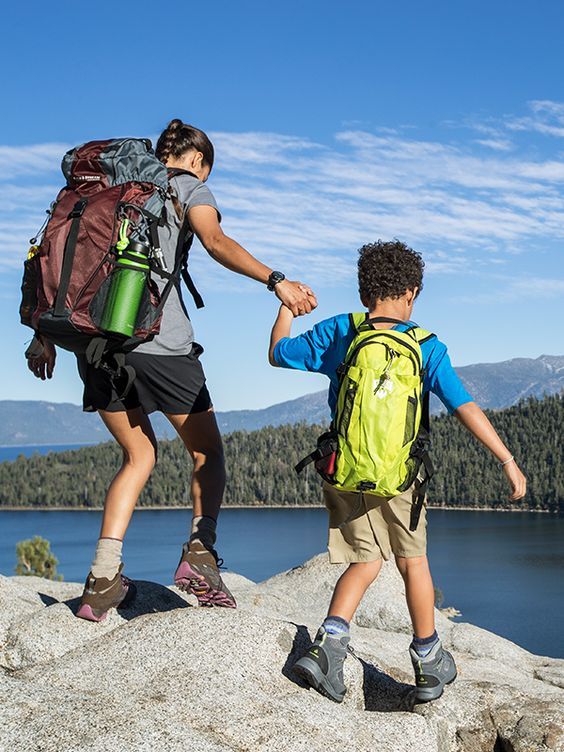
- Argo Cats
- Banana rides
- Blackwater rafting
- Boating, Pedalos and Punts
- Body Boarding
- Bore Surfing
- Bridge Jumping
- Canoeing
- Cave Diving
- Coasteering
- Crabbing
- Diving (swimming)
- Dragon Boat Racing
- Exploring Rock Pools
- Fishing Trips
- Flyboard, waterjet powered hover board
- Free Diving
- Hovercraft Experience
- Hydrospeeding and Riverboarding
- Jet Skiing
- Kayaking
- Kitesurfing
- Kneeboarding
- Model Boats
- Motor Cruising Holidays
- Narrow boat holidays
- Octopush Underwater hockey
- Pond Dipping
- Pooh Sticks, paper boats, duck races and dam building
- Powerboating Courses
- Raft Building
- Rib Riding
- River Bugging
- Rowing
- Sailing
- Scuba Diving
- Sea Kayaking
- Skim Boarding
- Snorkeling
- Stand up paddle boarding
- Surfing
- Surf Life Saving
- Swimming
- Swimming with dolphins
- Tall Ship Holidays
- Tombstoning
- Waboba
- Wakeboarding
- Water Jet Pack Flying
- Water Parks and flumes
- Water Polo
- Water Skiing
- WaterWalkerz water sphering
- Waveskiing
- Whale Watching Holidays
- Whitewater Rafting Trips
- Wild Swimming
- Windsurfing
- Yacht Charters
- Yachting
- Zap Cat Racing
Air Activities
This list of outdoor air activities includes birds, planes, flying toys and some seriously exhilarating aerial experiences.
- Aeroplane flying and aerobatics experiences
- Air Sphering
- Astronomy
- BASE Jumping
- Bungee Jumping
- Falconry experience days
- Gliding lessons
- Gyrocopter flying
- Hang Gliding experience
- Helicopter Flights
- Hot Air Balloon Rides
- Indoor Skydiving
- Kites and Power Kites
- Microlights
- Model airplanes, helicopters and multirotors (drones)
- Model Rockets
- Paragliding and Paramotoring
- Parascending
- SCAD – Suspended Catch Air Device
- Skydiving
- Wing Walking
Winter Activities
A sledge is for sharing
This list of outdoor winter activities is all about being cool on the on snow and ice. Most are adrenaline sports.
- Airboarding
- Biathlon
- Bob Rafting
- Bobsleigh
- Curling
- Dog Sledding Holidays
- Heliskiing and Heliboarding
- Ice Climbing
- Ice Diving
- Ice Hockey
- Ice Karting
- Ice Racing and Ice Driving
- Ice Skating
- Luge
- Skeleton Bob
- Skiing
- Skiing Holidays
- Skijoring with dogs, horses or a 4×4
- Sledges and toboggans
- Snowball fights, snowmen and free fun winter activities for teenagers
- Snowblading
- Snowboarding
- Snowbombing
- Snowcat Piste Basher Driving
- Snow Kiting
- Snowmobiling
- Snow Rafting
- Snow Shoeing
- Snow Tubing and Doughnutting
- Winter Olympics
Follow the blog to find out new trends and great ways to try out more outdoor activities examples and get Active Outdoors.
Recommended Reading
Outdoor training – why and how to start exercising outdoors
Contents
Do you prefer to be outdoors instead of going to the gym ? If you doubt and are afraid that outdoor training is not as effective, this article is dedicated to you. Learn about the benefits and the best ways to exercise outdoors, and get ideas for creating a workout plan.
Why is it good to exercise outdoors?
We spend most of our lives in room , especially in winter. Now count how many hours a day you spend outdoors during your working day. If you spend too little time outdoors, try exercising outside on a sunny day instead of the gym . We have prepared also several reasons , which will help you to convince.
Outdoor exercise improves mood
Being outdoors generally improves mood .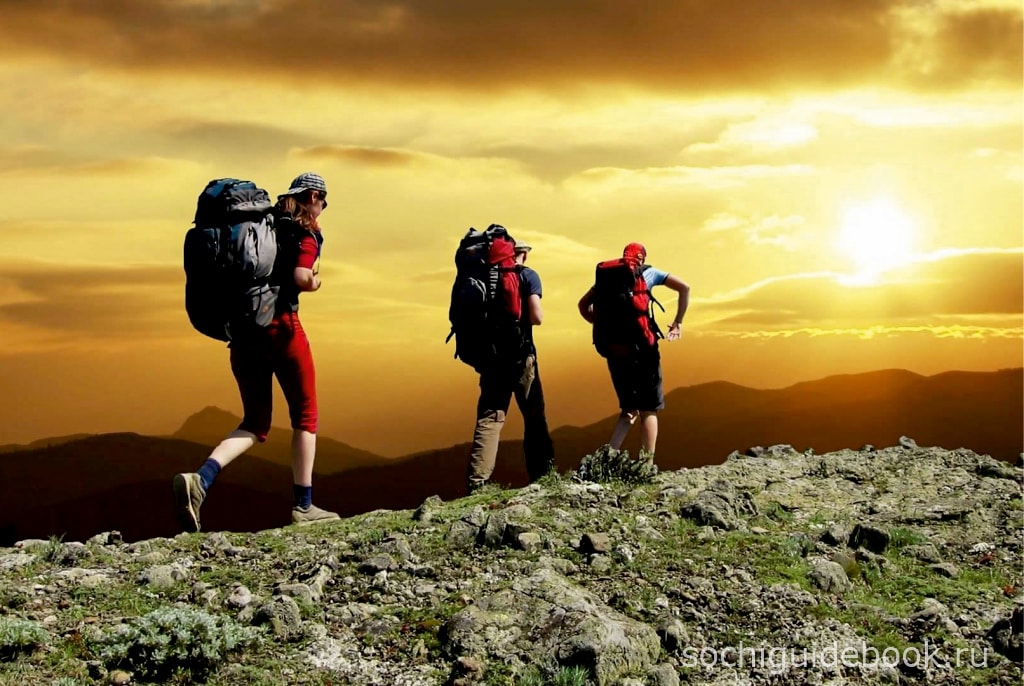
Your body will get plenty of vitamin D
Your body gets Vitamin D from the sun or through dietary supplements . Its deficiency manifests itself especially in the absence of sunny days , in winter or during quarantine . If you’re not a fan of supplements, try spending more time outdoors, such as exercising. According to the NIH (National institute of Health), sun exposure for 5-30 minutes from 10:00 am to 3:00 pm at least twice a week can ensure that you get enough vitamin D . So be sure to try replacing treadmill with a walk or run in the fresh air.
Helps increase self-confidence
Outdoor exercise also has a positive effect on the brain, and exercise stimulates all human senses , which cannot provide physical exercise in room . Outdoor training increases self-confidence , and even being near water and greenery enhances this effect. In addition, low to moderate intensity exercise improves self-confidence better than high intensity exercise. Try walk , ride bike or work in the garden, and in this way you will improve not only your physical fitness, but and self-confidence. [3] [5]
You will burn more calories
Running on the treadmill at the gym – is not the same as running in the park. The changes will be especially felt in the joints and ligaments, which are more stressed on the treadmill.
It’s free
Last but not least, training in the park and in public places absolutely free . Often the prices in gyms, workouts with a trainer or group workouts are overpriced. 85% of Americans spend 600 euros per year on the gym and training, and 15% spend even more. However, it is not always possible to train outside, as rain, heat or frost are not at all suitable for sports.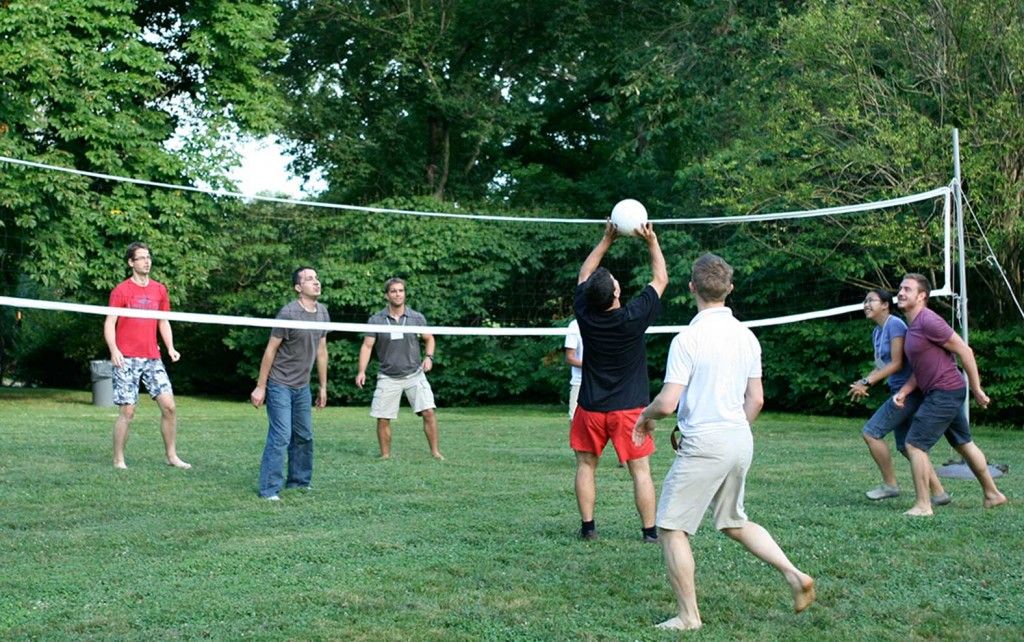
What outdoor activities can I do?
Outdoor exercise has several benefits and is a great alternative to fitness centers. By exercising outside, you can lose weight , gain muscle mass and improve your physical shape . In this chapter, we will give you some outdoor training tips that will help you easily get in shape . For some exercises, equipment and accessories are required, while for other exercises you can is easy to perform on sports fields in parks and public places.
Running
Running is one of the most popular workouts because it doesn’t require any equipment and has many running options that will help you get in shape quickly.
Running helps to strengthen joints and bones, and also promotes weight loss and maintenance of optimal weight and improves mood .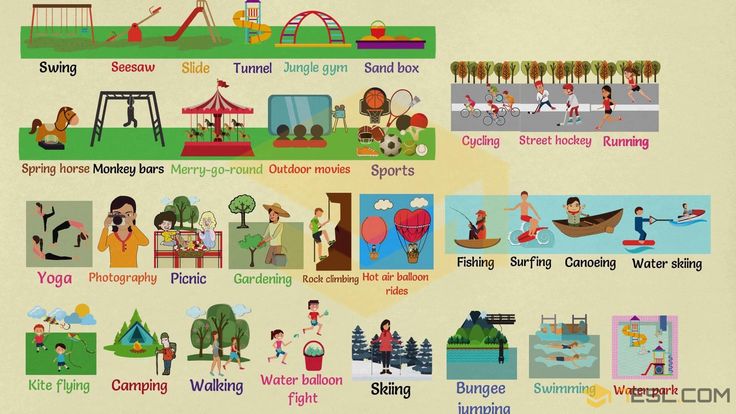
There are several basic types of running [9] [10] [11] [12]:
- Classic running is the most common type of running for short or medium distances 6 . It is important to do it regularly and at your natural pace. During classic running, keep an easy and natural pace during which you can, for example, communicate with training partner . Also, keep in mind proper technique while running, arms should only move slightly, shoulders, neck and back should be relaxed . Regular classic running will also improve your aerobic capacity .
- Progressive – its difficulty varies between classic and interval . Its essence is that start running at a natural pace , and finish running at a faster pace . This kind of running is often associated with long distance running , and its target is regular acceleration , since every kilometer of the route needs to be accelerated.
- Long-distance running is basically a longer version of the classic running, the purpose of which is to increase endurance . Duration and distance depend on your fitness and endurance. If long-distance running seems too boring, you can make it interesting by changing the pace and intervals . The correct length of a long distance run should be 20-30% of of the weekly run. For example, if you run 30 km a week, long distance running should be about 6-10 km.
- Uphill running – uphill running itself has several types, such as sprint. This is a type of HIIT workout that has the advantage of burning calories in a short amount of time. HIIT improves the endurance, strength and running technique of . You can also run uphill reps (hill repeats) , these are short bursts while running uphill. Reps are best done on a hill with a slight incline of 4 to 6% .
Another form is the hill circuits (hill circuits) , which can be done on a route with different hills and different types of terrain. All you need to do is find the route t with steep and gentle slopes .
- Fartlek is a kind of running, the name of which comes from Swedish and means “play of speeds”. The difference between classic running like interval and fartlek is that fartlek unstructured . Because of this, it combines different intervals with different distances and durations. The main feature of the fartlek is the alternation of fast and short intervals with slower, lighter intervals. You yourself determine their length and intensity during the run, for example, run to the nearest tree, rest as soon as you reach the sidewalk, and so on. The Fartlek is great for for group runs, where the leader of the group sets the pace. It’s not only is fun but also motivates .
You may be eligible for:
The park is the perfect place for outdoor exercise
Do you live near a park with trees, benches or an outdoor exercise area? Then be sure to try to play sports there. In the following lines, we will talk about exercises that can be performed outdoors with minimal equipment.
1. Push-ups
Push-ups can be done in different places and this exercise is easy to adapt. Pushups Engage back, biceps, triceps and shoulders. Try using benches, a raised wall or flower bed, steps, or just a sidewalk. If you don’t want to do push-ups directly on the ground, rail is also great, you will need to tighten your stomach hard and do, for example, 20 reps. [13] [14]
2. Reverse push-ups
Reverse push-ups are an excellent exercise that especially works triceps and also shoulders . There are several options for performing reverse push-ups, and one of them is push-ups from the bench .
3. Plank
Plank is an easy exercise for which you don’t need anything other than your own body weight. Whether you’re doing the Elbow Plank or the Arm Plank, the most important thing is technique. Take a prone position, and then go into a stance, elbows at shoulder level , pull in your stomach. Your body should represent a straight line . Hold this position for at least 15 seconds, and then try to gradually increase the time.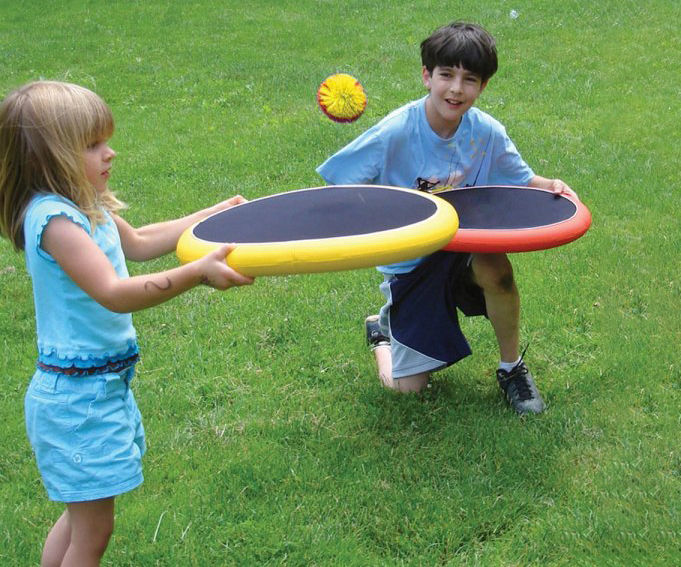
Want to know about plank benefits? Read our article – What Happens If You Plank Every Day.
In addition, there are 47 bar options. Check them out in this article – 47 of the best and insanely entertaining plank variations.
4. Pull-ups
Pull-ups on the bar are one of the key exercises for developing back muscles. In some parks there are sports grounds with horizontal bars , but you can perform this exercise even without them. All you need is a strong and long stick or sustainable tree branch. Grasp the bar about shoulder width apart and simply pull yourself up. It is advisable to do 10 pull-ups in one set of , which is not easy for beginners. Therefore, if you can’t do 10, do as many as you can, and in the next approach, reduce the number of repetitions by 1 . [15] [16]
5. Step-up
For a good leg workout, you don’t have to go to the gym or buy a lot of sports accessories, you can use any elevation in the park.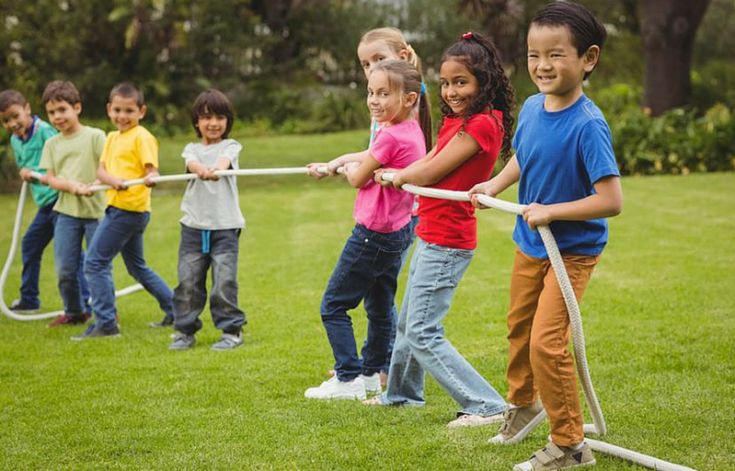
6. Jump rope
Are you looking for a leg exercise that will make you sweat? A jump rope is not only a children’s toy, with it you can not only improve your physical shape, but also work out your muscles lower body . Include jumping rope in your training plan and try several variations of this exercise . In addition to classic jumps, you can jump on one leg, raise your knees when jumping, or cross your legs or arms while jumping. If you are a beginner, try different variations only after mastering the classic jumps to avoid possible injury.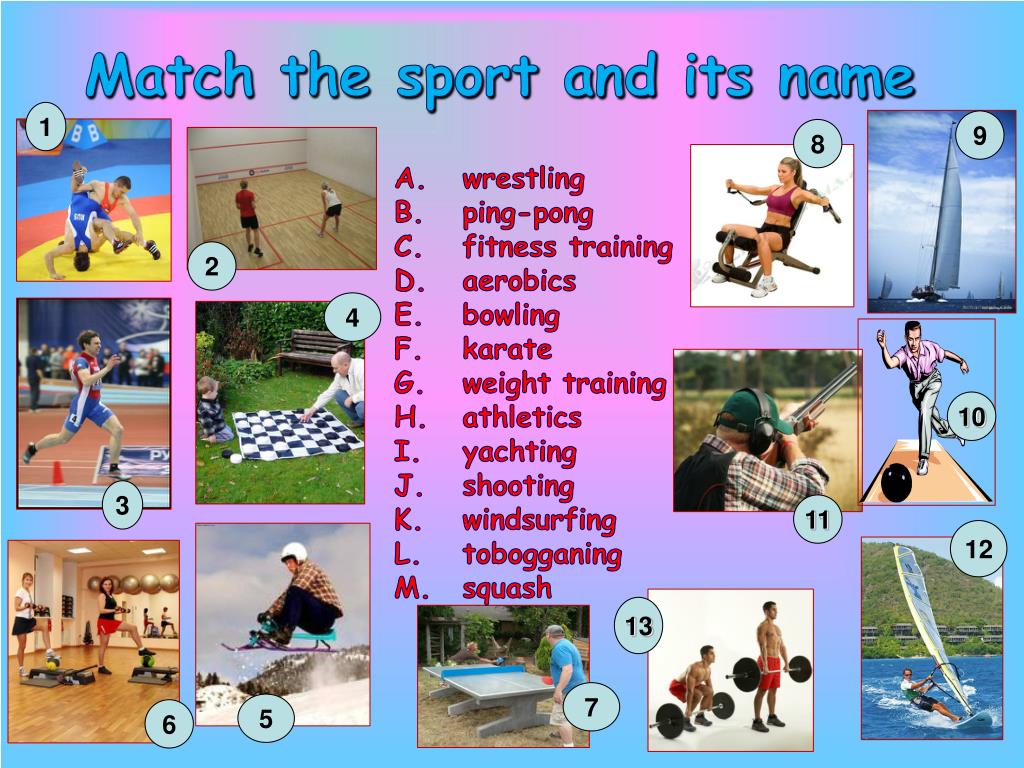
7. Lunges
As you may have noticed, bodyweight exercises outdoors can be performed anywhere . An effective leg workout is unimaginable without 90,005 lunges. These are very easy to do and will work the quadriceps, hamstrings and buttocks . To perform a lunge, take a step forward and bend your leg at an angle of 90 degrees, transfer the center of gravity to the front leg, and bend the back leg at the knee. Rise up from the squat position and repeat the lunge with the other leg. If there is a bench nearby, try Bulgarian lunges. Place one foot side down on the bench and the other at a 9 angle.0° in front of you and sit down. To make the exercise harder, use weights or change the pace. [14] [18]
8. Squats
Squats are one of the main exercises aimed at training the muscles of the lower body . They also help improve stability and strengthen ‘s core.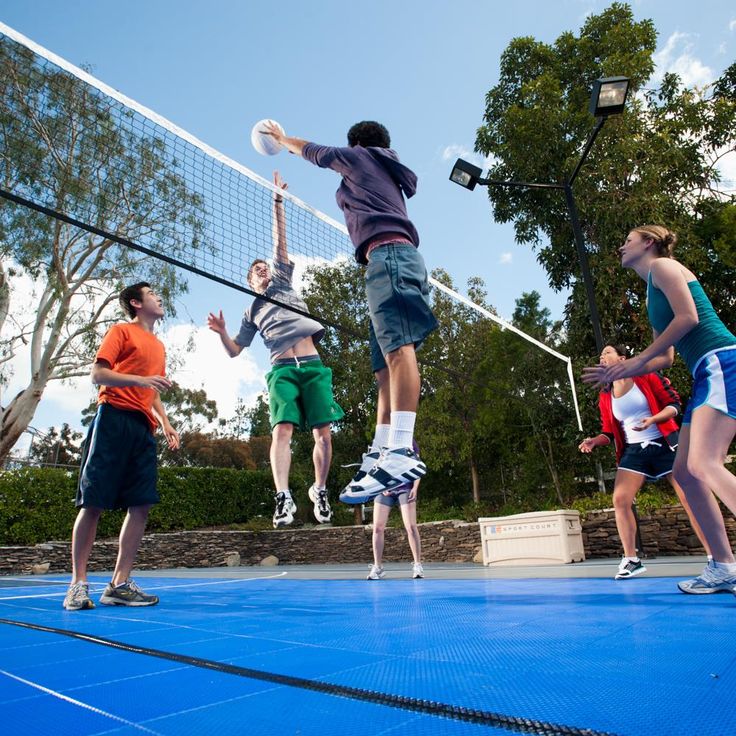
Want to learn more about squats and lunges? Read our article – How to do squats and lunges correctly? You will learn about proper squat and lunge technique and the different types of these exercises.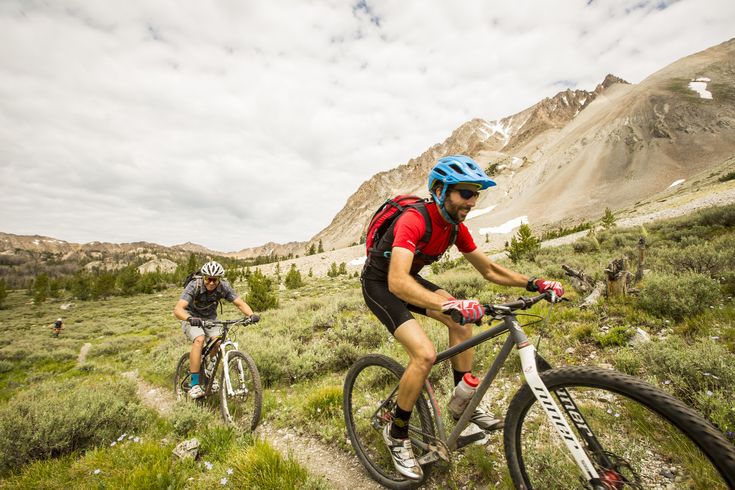
We believe we have inspired and dispelled all doubts by providing exercise options for outdoor training. These exercises can be combined at your discretion and depending on your fitness goals.
How to prepare for outdoor training?
In order for training to be effective and bring results, it is necessary to create a training plan and system. A workout plan is useful for more than just the gym. Its preparation depends on your fitness and fitness goals. Therefore, we will briefly introduce you to a few factors to consider when planning your outdoor workouts.
Outdoor training requires, first of all, several factors before starting to perform them [17]:
- Good weather – If you are going to train in the park on the other side of the city, it is worth checking the weather forecast , so that your plans are not derailed by bad weather . In addition to the weather, other factors such as high winds, smog levels or humidity can also affect the effectiveness of training.
- Nice weather – if you’re going to train in the park across town, check it out weather forecast, so that your plans are not disrupted due to bad weather . In addition to the weather, other factors such as high winds, smog levels or humidity can also affect the effectiveness of training.
- Ideal Location – If you don’t have an ideal training location in your area, try to find at least the most suitable . The choice of training location depends on the type of training . Choose a place where there is a comfortable platform for the selected exercises and activities. For example, if you want to do yoga, it’s not entirely appropriate to go to a playground with a bunch of screaming kids. The ideal option is a place where you can train without unnecessary sounds and passers-by.
- Safety – there is a certain risk when performing physical exercises, such as injuries or other dangerous situations.
So always carry your phone and a small amount of money with you in case you want to buy water or an energy bar during your workout.
If you already have a training plan that you follow in the gym, try to find alternatives suitable for outdoor training . If you have never made a workout plan before or are looking for inspiration for a new and better plan, read our article – How to make a quality workout plan – tips, workouts, most common mistakes.
Outdoor training is a pleasant alternative to indoor training, especially on sunny days. These sports have many benefits, so there is no need to worry that your workout will not be as effective as in the gym. It also gives some freedom in choosing the place and type of training. Do you want your friends and acquaintances to know about the benefits and types of outdoor exercise? Then be sure to support our article with a repost.
Sources:
[1] Scarlett Wrench – 14 Reasons to Do a Workout Outdoors Today – https://www.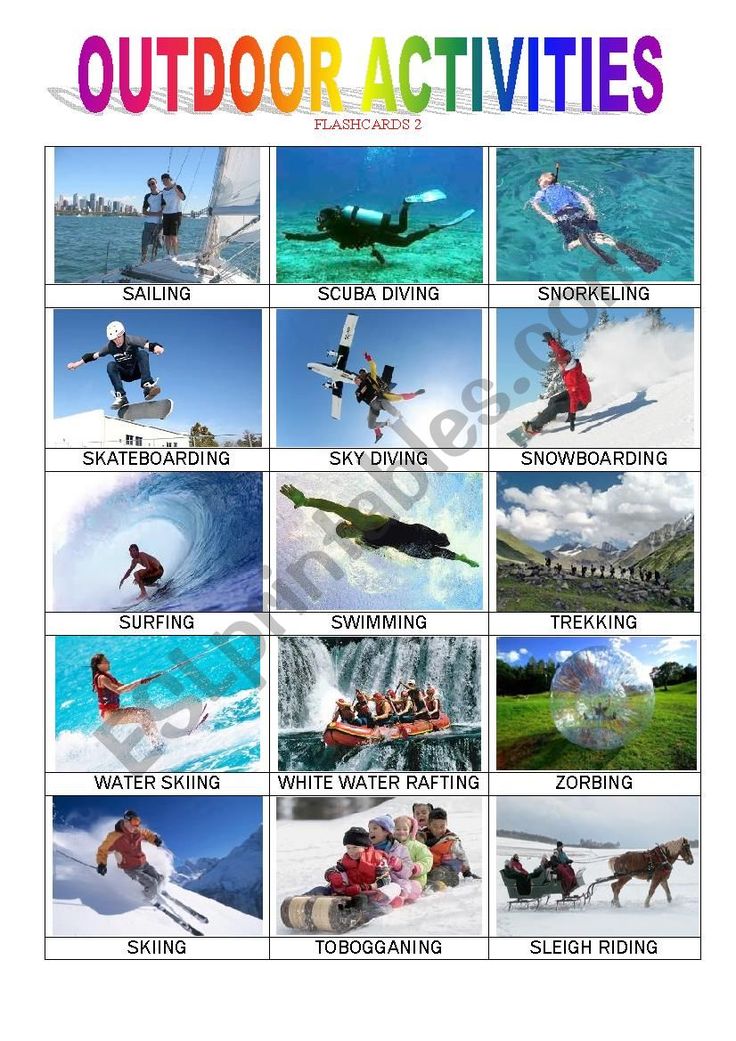
[2] Vitamin D – https://ods.od.nih.gov/factsheets/VitaminD-HealthProfessional/
[3] Kelsey Graham – Get Out! 5 Benefits of Outdoor Exercise – https://www.acefitness.org/education-and-resources/lifestyle/blog/6360/get-out-5-benefits-of-outdoor-exercise/
[4] Exercise and mood – https://www.betterhealth.vic.gov.au/health/HealthyLiving/exercise-and-mood
[5] Holly St. Lifer – 7 Reasons to Sweat Outdoors – https://www.webmd.com/fitness-exercise/features/7-reasons-to-sweat-outdoors#2
[6] Cristina Goyanes – Take Your Workout Outside! – https://www.womenshealthmag.com/fitness/a19958597/outdoor-fitness/
[7] Vera Tweed – 9 Reasons to Train Outdoors – https://www.betternutrition.com/fitness/fitness-outdoor-training
[8] Jennifer Van Allen – 6 Science-Backed Ways Running Improves Your Health – https://www.runnersworld.com/beginner/a20847956/6-ways-running-improves-your-health-0/
[ 9] Running 101: The 8 Basic Types of Runs – https://www.
[10] Emma Knudson – What Are the Different Types of Runs? – https://trailandsummit.com/what-are-the-different-types-of-runs/
[11] Mark Barroso – 10 Best Outdoor Workouts to Burn Fat and Build Muscle – https://www.mensjournal. com/health-fitness/10-best-outdoor-workouts-burn-fat-and-build-muscle/
[12] Jenny Hadfield – What’s the Difference Between Fartlek, Tempo, and Interval Runs? – https://www.runnersworld.com/training/a20852351/whats-the-difference-between-fartlek-tempo-and-interval-runs/
[13] Jessica Smith and Betsy Stephens – The Best Outdoor Workouts to Mix Up Your Routine – https://www.shape.com/fitness/workouts/10-new-outdoor-workout-ideas
[14] Asia Bradlee – 20 Exercises You Can Do in a Park – https://www. bostonmagazine.com/health/2015/05/29/park-exercises/
[15] Edward Lane – 15-minute outdoor workout – https://www.menshealth.com/uk/building-muscle/g749844/15-minute-outdoor-workout/
[16] Zach Even-Esh – The Ultimate Park Workout: How to Turn the Outdoors Into a Gym – https://www.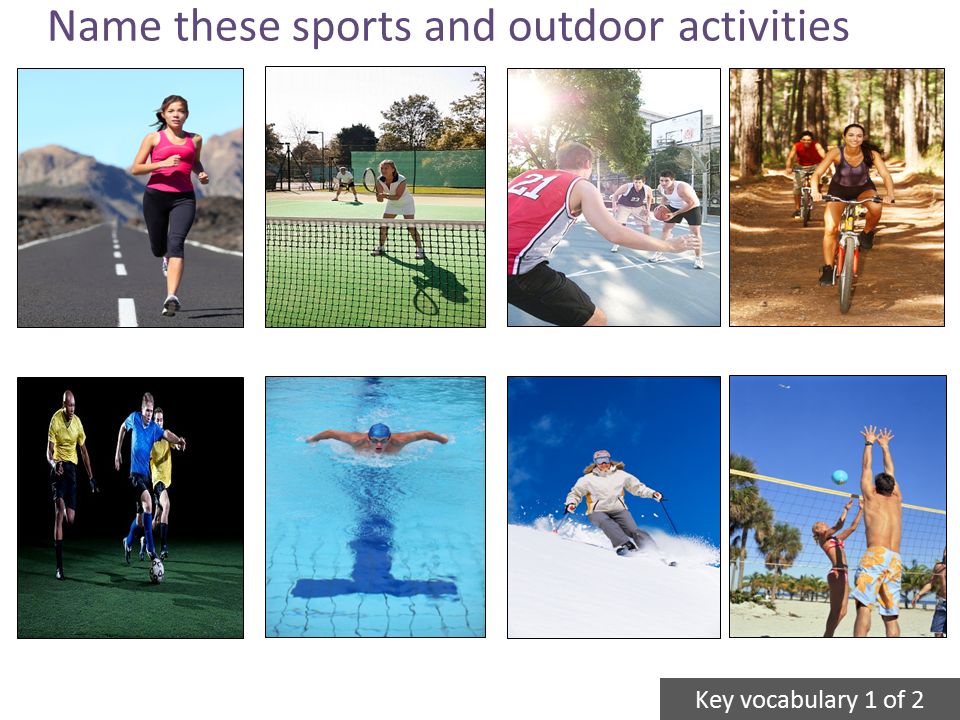
[17] Laura Williams – How to Plan an Outdoor Workout – https://www.verywellfit.com/plan-an-outdoor-workout-4163820
[18] Brittany Smith – The 13 Best Lunge Variations – https://www.mensjournal.com /health-fitness/15-best-lunge-variations/
[19] Hana Medvesek – SQUATS: WHAT PROPER SQUATS LOOK LIKE & WHICH MUSCLES THEY WORK – https://www.runtastic.com/blog/en/squat-4-common-squat-mistakes-avoid/
All outdoors: how to exercise outdoors
How to get through hard times: daily advice Psy
36 questions to (again) fall in love
“After having a child, I perceive my mother-in-law as an enemy. How to change your attitude?
There is more oxygen outside, which means that oxidative processes are more active in the body. If we compare the performance of the same exercises in the gym and on the street, then a little more calories will be spent in the fresh air. And the training is easier to carry.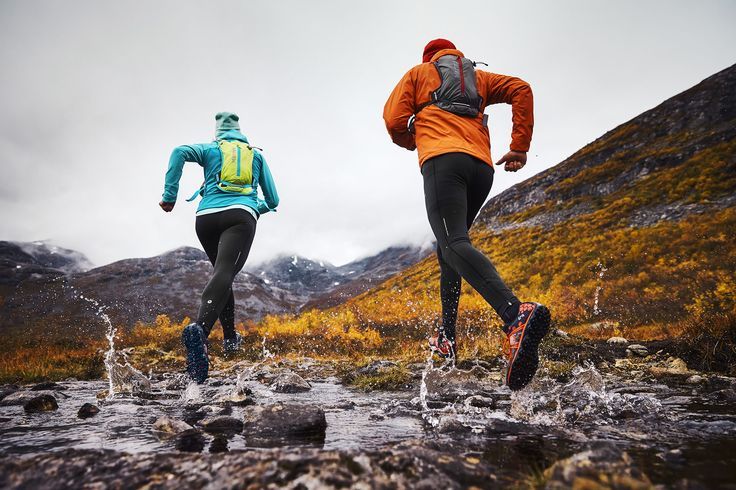
Besides, outdoor fitness is a very good training. Those who often train outdoors get sick much less. In comfortable weather – up to zero degrees and without precipitation – try to exercise in the fresh air as often as possible. For example, if you train three times a week, ideally spend all three times outside.
In winter it is better to alternate indoor and outdoor activities. You can run down to minus 15 degrees, but everything else does not make sense anymore: ordinary exercises or Nordic walking cannot warm up the body enough.
How to dress?
The most important thing is shoes. Her choice depends on what you are going to do on the street. For Nordic Walking – Nordic walking – ordinary sneakers for the street are suitable, but for running you need special ones.
They come in a variety of sizes for asphalt and rough terrain. Think about where you will run more often – in the city or in the forest along the paths. For normal walking, running shoes for asphalt are suitable.
When choosing the rest of the equipment, you should first of all pay attention to the weather. For a summer workout, shorts and a breathable t-shirt are enough. On a hot sunny day, don’t forget to wear a hat and sunglasses.
Basically, all manufacturers now use artificial materials with Dry Fit technology, which remove moisture. In principle, a cotton T-shirt is also suitable, but in ordinary synthetics it will be uncomfortable.
In cold weather, three layers of clothing are required: thermal underwear, a fleece jacket and a light sports jacket or vest on top. As well as gloves, a hat and warm socks.
In windy weather, it is better to wear a windstopper – a thin jacket that protects from the wind, and in wet weather – a raincoat, such jackets breathe, but do not get wet.
Common Mistakes
One of the most common mistakes is inappropriate training intensity. For example, when a beginner decides to take up running, he often takes the wrong pace, runs faster than he should.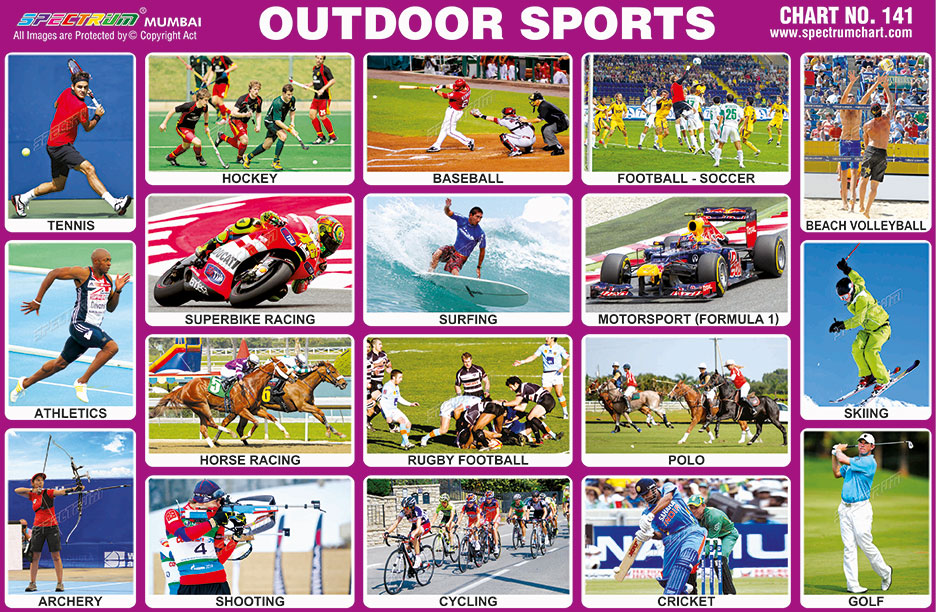
It is also important to remember to breathe properly. Just don’t hold your breath. After all, in general, this process is controlled and regulated by the brain. A person, without hesitation, if he runs uphill, breathes often and deeply, if he goes slowly, he breathes rarely and shallowly.
A bad run or bike route is another mistake. It is better to choose a familiar path with a minimum of urban obstacles, such as traffic lights. It’s good to start cycling in the park and at the same time not listen to music on headphones for your own safety. It is also better to plan the duration of skiing in advance, for a start – an hour, and then add a little bit.
3 tips for beginners
1. Make a playlist. Since the rhythm of the music helps to set the rhythm of the heart, select the sound track based on the number of heart beats per minute (bpm). Start with 2-3 soft warm-up tunes (100-110 bpm). Then speed up to 120 bpm.
To keep pace, aim for 120-125 bpm during the main part of the session.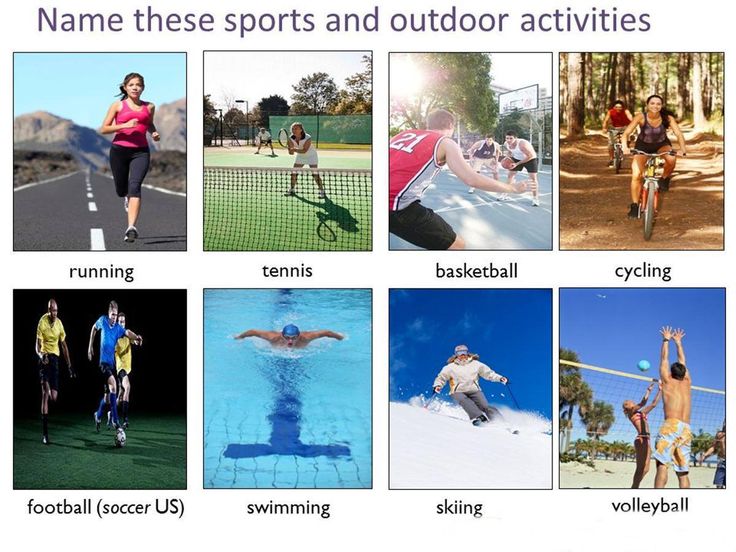
2. Select your sport. Don’t like to run? You shouldn’t get upset. In the matter of losing weight, for example, walking is more effective than sprinting. And besides, it is safer for the joints. A tangible effect is achieved if the walk lasts at least an hour. Make a route, alternating between uphill and downhill streets.
3. Motivate yourself. Best of all, all kinds of fitness bracelets and applications that count steps and distance, measure time and speed help to do this. This way you can track progress and set new goals.
About the expert
Andrey Paliy is the head of the Running department at Pro Trainer studios. 26 years of track and field experience. Marathon and Half Marathon Specialist.
Text: Nina Nabokova Photo Source: Getty Images
New on the site
“The new boss made my life hell.

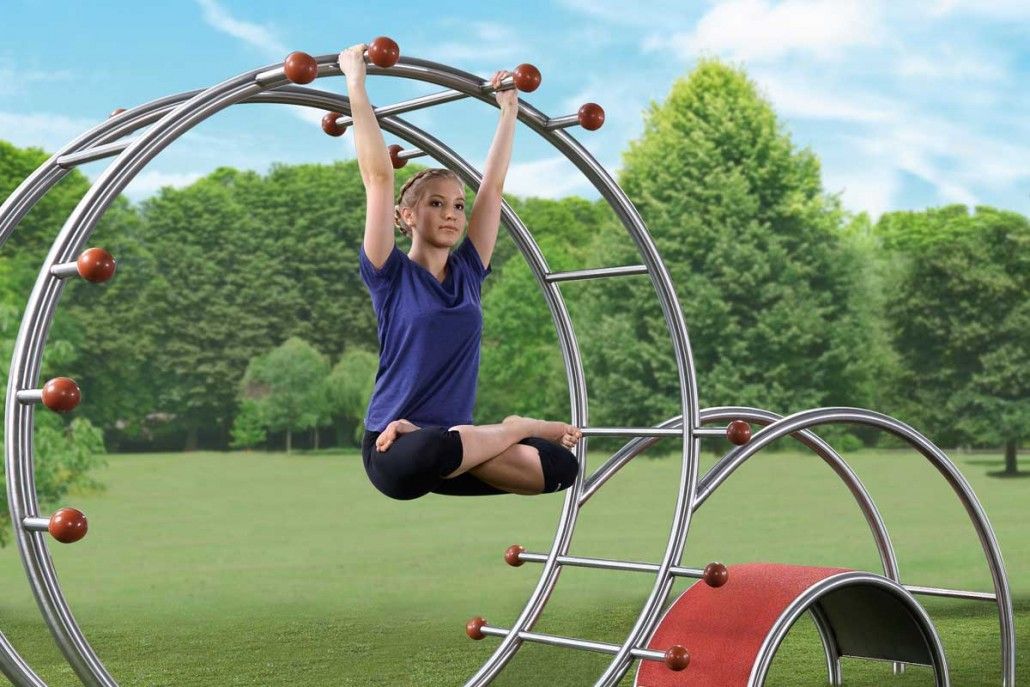
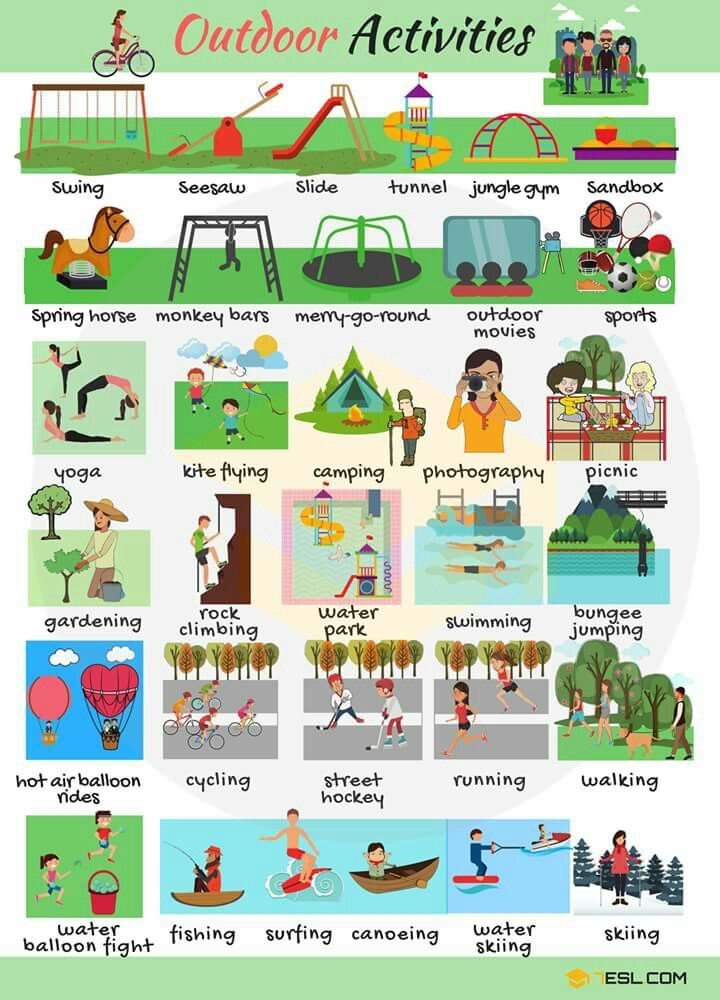 Another form is the hill circuits (hill circuits) , which can be done on a route with different hills and different types of terrain. All you need to do is find the route t with steep and gentle slopes .
Another form is the hill circuits (hill circuits) , which can be done on a route with different hills and different types of terrain. All you need to do is find the route t with steep and gentle slopes . 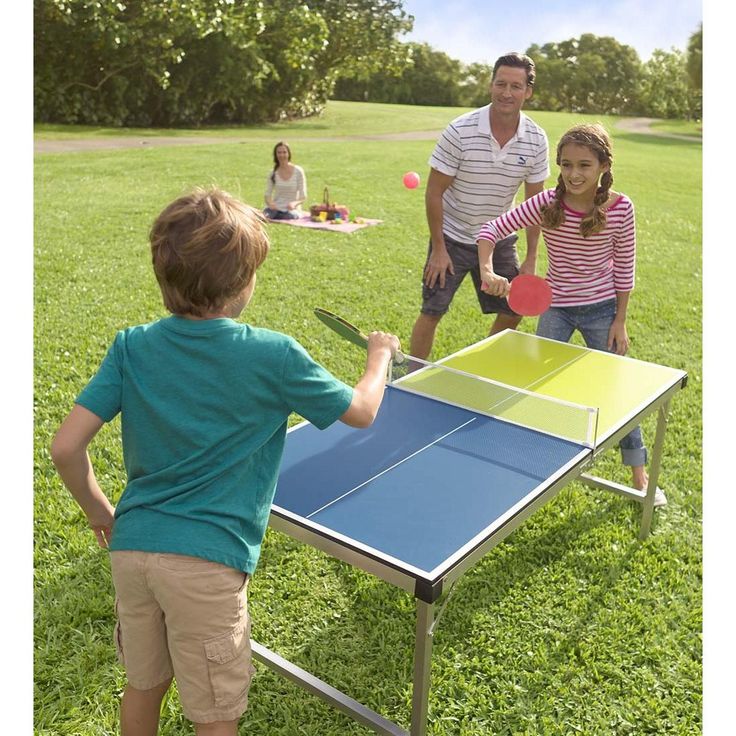
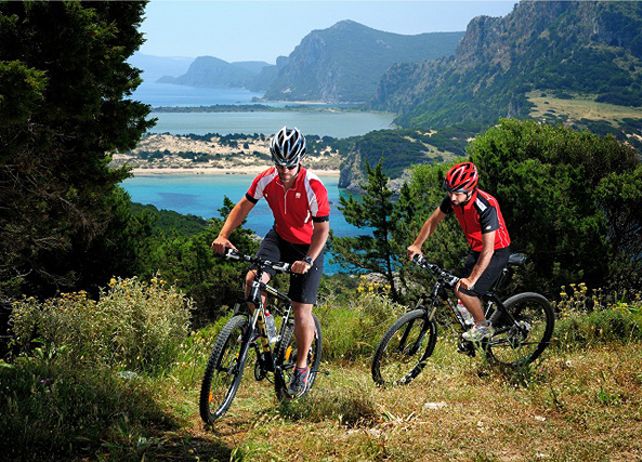
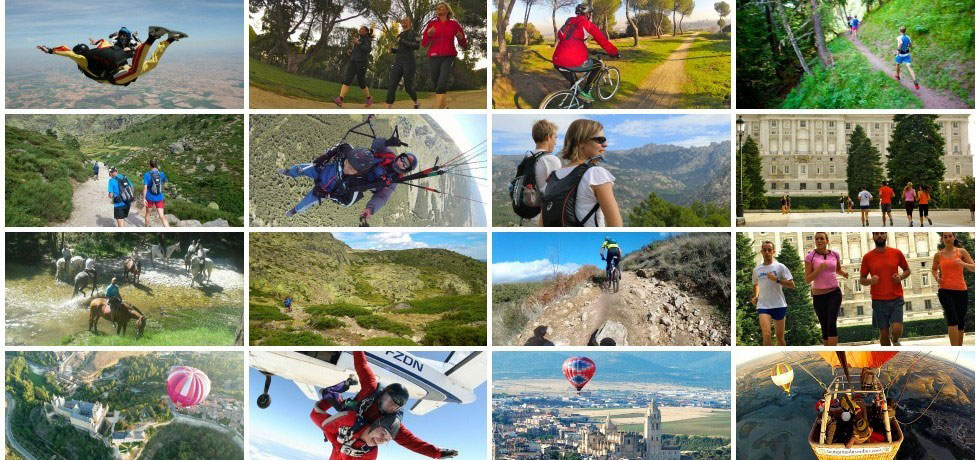 So always carry your phone and a small amount of money with you in case you want to buy water or an energy bar during your workout.
So always carry your phone and a small amount of money with you in case you want to buy water or an energy bar during your workout. 